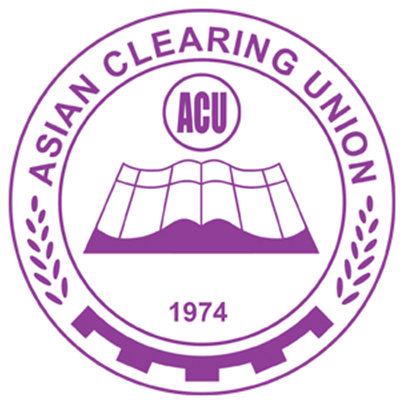What is the full form of ACU
ACU: Asian Currency Union
ACU stands for Asian Currency Union. It is a payment arrangement that allows participants to settle payments for intra-regional transactions among the participating banks on a net multilateral basis. The main objective of this clearing union is to facilitate payments for eligible transactions among member countries to economize on the use of foreign exchange reserves and transfer costs and promote trade and baking relations among the participating countries.

Brief History:
The decision to establish the ACU was made at the 4th Ministerial Conference on Asian Economic Cooperation held in Kabul in December 1970. The United Nations Economics and Social Commission for Asia and the Pacific (ESCAP) took initiative for the establishment of ACU. In December 1970, after five banks (India, Nepal, Iran, Pakistan, and Sri Lanka) signed the agreement, a draft agreement was finalized to establish ACU at a meeting of senior government officials and central banks held in Bangkok. Later some other countries like Bangladesh, Myanmar, Bhutan and the Maldives signed the Agreement and thus the number of ACU participants reached nine.
Some of the benefits of establishing a clearing union are as follows:
- It helps expand exports and imports among members relatively faster
- It helps promote trade liberalization among the members
- It allows exploitation of scale economies by enlarged trade.
- An adjustment process could be promoted to raise the international competitiveness of the members with similar distortions in trade and production.
- The union can help to secure a more balanced current account thereby creating the conditions for the future convertibility of currencies of the member countries.
- A base can be provided for regional economic cooperation and for monetary and financial cooperation.
ACU Members:
- Bangladesh Bank
- Reserve Bank of India
- Royal Monetary Authority of Bhutan
- Central Bank of the Islamic Republic of Iran
- Maldives Monetary Authority
- Nepal Rastra Bank
- Central Bank of Myanmar
- State Bank of Pakistan
- Central Bank of Sri Lanka
Unit:
The Asian Monetary Unit may be denominated in ACU dollars or Euro dollars. The unit of settlement for ACU transactions is a common unit of account for ACUs, and the unit is equal to one USD.
Objectives
The following are the ACU's goals:
- To offer a facility for multilateral payment settlement for current international transactions among partner territories. The process of coordinating national policy in groups of three or more governments is known as the multilateral basis.
- To guarantee that the participants' currencies were spent efficiently during the transaction.
- To guarantee financial cooperation among the participants
- To make it easier for participants to trade currencies.
Transfers and payments that qualify
The transfers and payments that qualify to be made through the clearing facility are payments that:
- From a resident of one participant's area to a resident of another participant's territory
- Concerned with the import and export of products and services, as well as payments that two or more participants have mutually agreed upon.
- Authorized by the nation where the payer resides.
- Any AMU-denominated payment instrument, including the AMU dollar, AMU euro, and AMU yen, may be utilised to complete a transaction through the clearing facility.
- Payment on deferred payment conditions for exports and/or imports between ACU member nations.
- All qualified current account transactions, including trading transactions in "Euro," may be resolved outside the ACU mechanism as of July 1, 2016.
Transactions that are ineligible
The following payments are not permitted to be settled through the Asian Clearing Union:
- Payments between Nepal and India and Bhutan and India, excluding exports and imports of products. Import and export payments should be settled outside of the ACU process.
- Payments that are not related to export/import activities among ACU member nations or Payments made for purposes other than export or import, such as reimbursement of expenses or royalty payments, should not be resolved using the ACU mechanism.
- All qualified current account transactions, including commerce with Iran, must be settled in a currency other than the ACU.
- Any freely convertible currency may be used to conclude trade transactions with Myanmar.
What is the process for ACU transaction settlement?
As much as is practical, the majority of transactions should be settled immediately through the accounts held by AD Category-l banks with banks in the other participating countries. It indicates that payments for exports and imports should be made through the appropriate bank rather than a direct transfer. For transactions other than exports and imports, direct remittance should be used to settle the account.
|

 For Videos Join Our Youtube Channel: Join Now
For Videos Join Our Youtube Channel: Join Now










